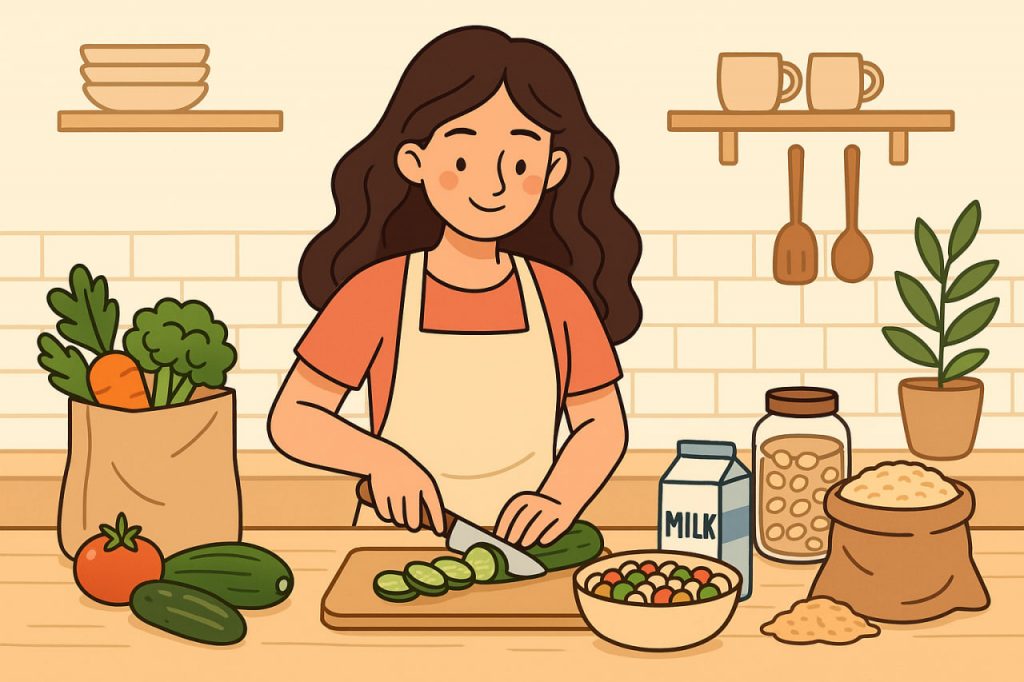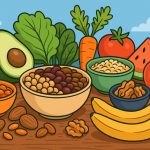Many people believe that healthy eating always requires a lot of money, but this is not entirely true. With proper planning and smart choices, it is possible to build a nutritious and balanced diet even with limited resources. The key lies in knowing which foods are both affordable and beneficial, and how to use them effectively.
Affordable Sources of Protein
Protein is essential for muscle health, immunity, and energy. Instead of expensive meats or fish, you can choose:
- Legumes – beans, lentils, peas, and chickpeas are cheap and rich in protein.
- Eggs – affordable, versatile, and nutrient-dense.
- Dairy products – milk, yogurt, and cottage cheese provide protein and calcium.
- Poultry – chicken is often cheaper than beef or pork.
Budget-Friendly Carbohydrates
Carbohydrates provide energy and are easy to find at low cost:
- Whole grains – oats, buckwheat, barley, and rice are filling and nutritious.
- Bread and pasta – especially whole-grain options, which contain more fiber.
- Potatoes – a traditional, inexpensive, and versatile source of energy.
Affordable Sources of Vitamins and Minerals
Fruits and vegetables don’t always have to be expensive:
- Seasonal produce is usually cheaper and fresher.
- Frozen vegetables and fruits retain nutrients and cost less than fresh ones out of season.
- Cabbage, carrots, onions, and beets are cheap, store well, and provide important vitamins.
Healthy Fats on a Budget
Healthy fats are necessary for the brain and hormones:
- Sunflower and olive oil – affordable sources of unsaturated fats.
- Nuts and seeds – buy in bulk for savings.
- Fatty fish (like mackerel or herring) – cheaper alternatives to salmon.
Smart Shopping and Cooking Tips
- Plan meals in advance to avoid impulse buys.
- Cook at home – homemade meals are cheaper and healthier than fast food.
- Buy in bulk – grains, legumes, and oil are cheaper when purchased in larger quantities.
- Use leftovers creatively to reduce food waste.
Conclusion
A healthy menu does not require a big budget. By focusing on legumes, whole grains, seasonal vegetables, and affordable proteins, anyone can create nutritious meals. Smart planning, home cooking, and choosing cost-effective products are the keys to eating well without overspending.
Glossary
- Legumes – plants such as beans, lentils, and chickpeas, rich in protein and fiber.
- Whole grains – grains that retain their natural fiber and nutrients.
- Unsaturated fats – healthy fats that support heart and brain health.
- Seasonal produce – fruits and vegetables grown and sold in their natural season.
- Fiber – plant-based nutrient that helps digestion and satiety.


